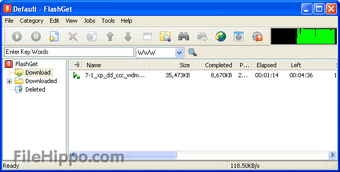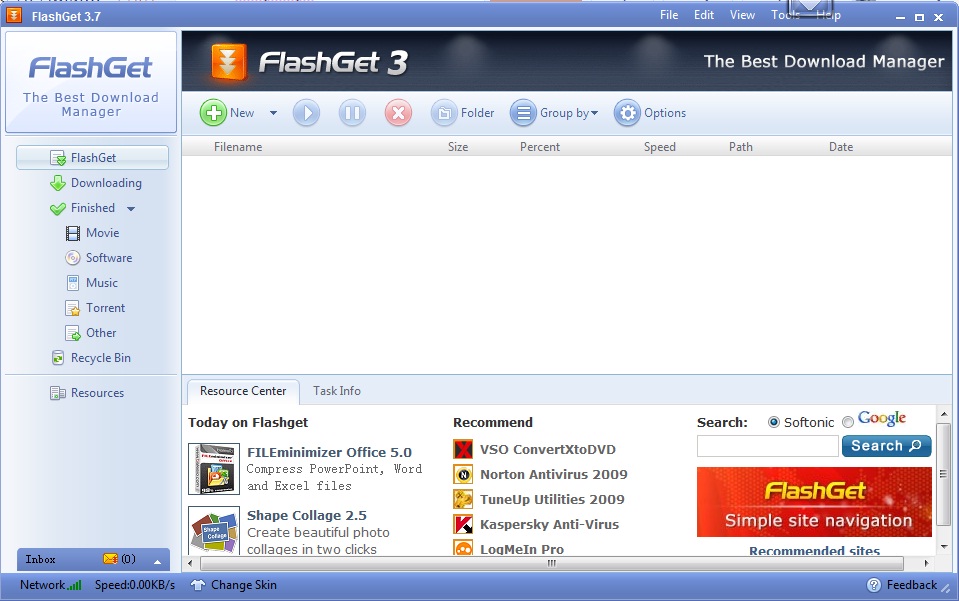
From the perspective of FlashGet, it’s getting a file from some HTTP location. But if you have FlashGet installed and configured, when the extension invokes the browser’s download mechanism, it will instead redirect it to FlashGet, and let it manage the download of your video. Whenever these extensions try to download an Internet video, it works through your browser’s normal download mechanism, whatever it may be. The cool part comes when you try to download a video. There’s more than one extension that you can use, but you want to look for a YouTube Downloader extension somewhere, or an extension that will let you download from any video site. The reason that we have to use Firefox is because it has an extension that we need in order to bridge the gap between YouTube (and other video sites) and FlashGet. This will be explained further in just a moment. This is an important step because you otherwise won’t be able to use FlashGet to download Internet video. Once FlashGet is installed, you need to make sure that it’s configured properly so that it handles your browser downloads instead of your web browser handling them. Just run in the installer and follow the easy prompts. You can find it at, and it’s about as easy to install as any other piece of software. In case you don’t have it already, you need to get FlashGet. That said, there’s a clever way around it so that you can essentially “trick” FlashGet into thinking its downloading from a regular URL, when in fact it will be downloading a YouTube video. There’s no place where you can enter in a YouTube URL and get back some kind of video file. Something that it cannot do right out of the box, though, is download YouTube videos.

It supports a number of different protocols and can be downloaded from almost anywhere.

One of the nice things about FlashGet is that it’s quite versatile.


 0 kommentar(er)
0 kommentar(er)
